These highly addictive gluten free vegan pandan kaya buns are soft and fluffy bread buns. Likewise, I filled these vegan pandan kaya buns with delicious pandan kaya (coconut jam) fillings. The main ingredients for my fillings are coconut milk, gluten free and vegan custard powder. As well as pandan (screwpine) leaves, agave syrup, corn starch and rice milk. Moreover, for these vegan pandan kaya buns dough, I am using gluten free white bread flour and meals & grains bread flour mix. But you can use any gluten free white bread flour and add you own meals and grains if you prefer.
In addition, this gluten free and vegan pandan kaya buns bread dough is a wet dough. Because gluten free bread dough requires more liquid than normal gluten bread. The additional liquid will help the gluten free bread turns out light and fluffy after baking in the oven. My vegan pandan kaya buns recipe is not only gluten free. But also vegan, dairy free, egg free, nut free and refined sugar free. These buns are also perfect for kids’ lunch boxes.
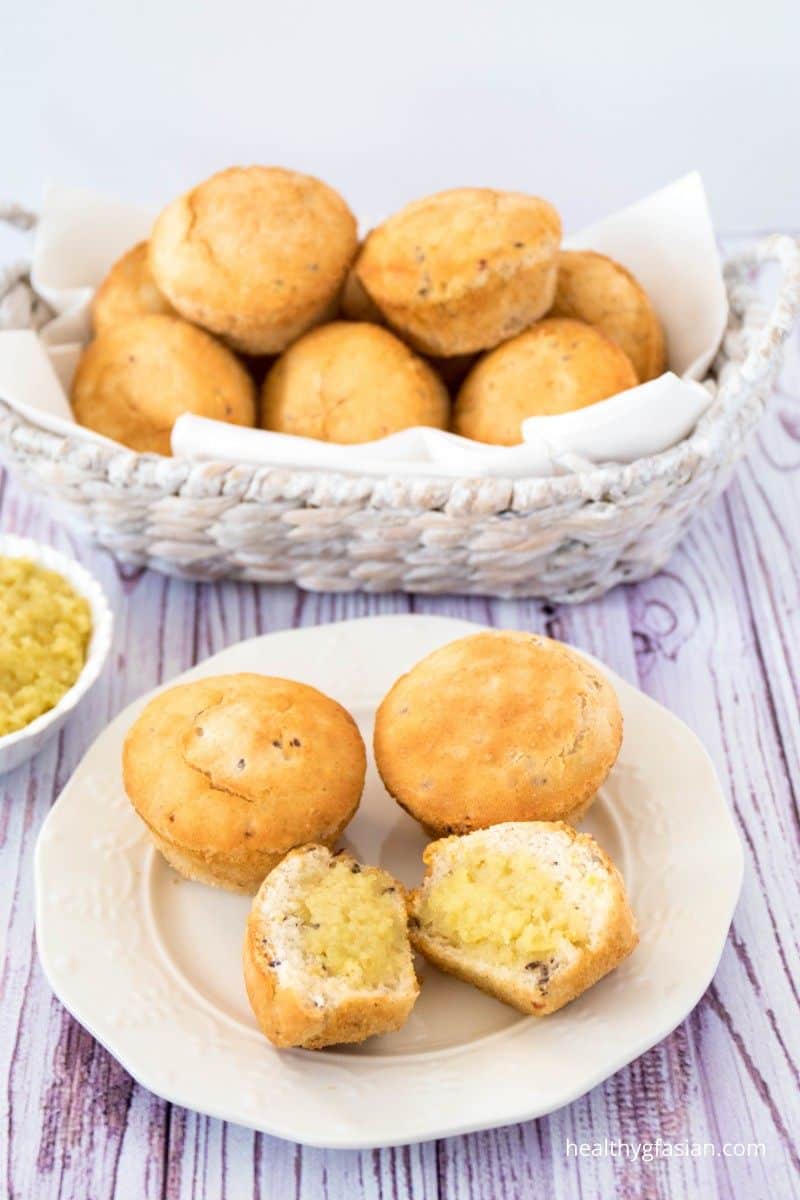
Check out my other gluten free buns recipes:
- Matcha Buns with Cheese;
- Chinese Steamed Buns (Mantou);
- Steamed Pandan Coconut Buns;
- Vegan Matcha Buns with Raspberry Jam;
- Baked Pumpkin Buns with Cinnamon Pumpkin Filling;
- Red Bean Paste Buns (Dou Sha Bao);
- Chinese Steamed Custard Buns;
- Chinese Steamed Barbecue Pork Buns (Char Siu Bao); and
- Gua Bao with 5 Spice Pulled Beef (Steamed Sandwich Buns).
Kaya Spread (Coconut Jam)
Kaya spread or coconut jam spread is a Peranakan cuisine, a fusion of Malay and Chinese cuisines. There are many different varieties of kaya jam available commercially. Besides, they offer different types of kaya spread ranging from Nonya kaya. Light green in colour with pandan (screwpine) leaves added. To Hainanese kaya that is dark brown in colour, due to caramelised palm sugar added. As well as sweetened kaya with honey and kaya that is yellowish in colour, with eggs added as an ingredient.
In addition, kaya spread is passionately popular in Southeast Asian countries like Malaysia, Singapore, Indonesia and the Philippines. Loved by all ages especially as a spread on toast with some butter or margarine for breakfast. Or as a snack and perfect with a cup of tea or coffee. The fabulously famous kaya toasts are widely available in cafes, as a street food or or at the night markets.
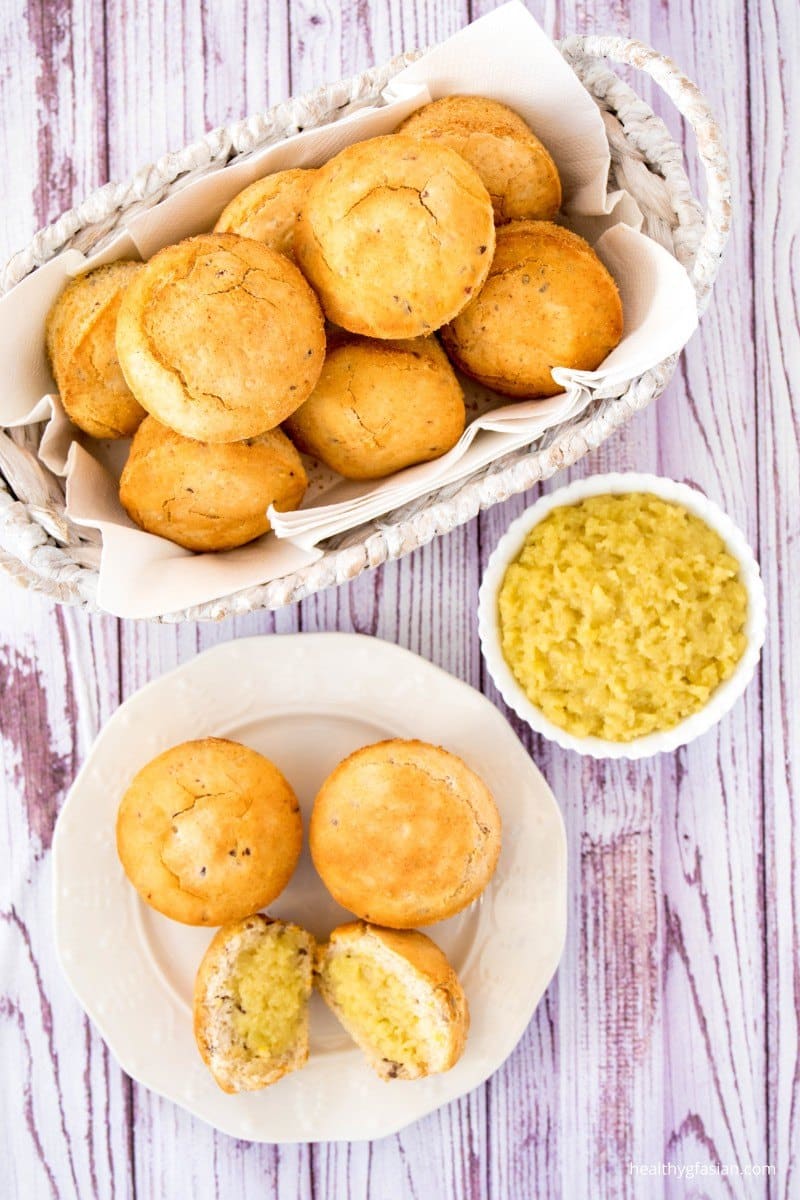
Brief Facts on Coconut
Coconut (Cocos nucifera) is part of the large palm family (Arecaceae species). The source of the coconut plant has been in disputes for many centuries. But commonly consented that it was first planted in the Indian-Indonesian province. With the coconut disseminated by floating in the ocean and carried across the world by the sea tides. Likewise, they grow coconut trees in tropical weathers like Asia, Pacific Islands, Latin America and Africa. Besides, Spanish voyagers called coconuts “cocos”, meaning ‘grinning face’. As the bottom of the coconut has three small eyes that looked like the face of a monkey. Furthermore, coconut is a one-seeded drupe (fruits like peach, cherry or plum) but often wrongly classified as nuts.
Versatility of Coconut
Historically, they not only use for food but also for medicinal purposes. Moreover, it is also extremely versatile in culinary uses. As you can use many parts of the fruit like coconut water, cream, milk, oil, sugar and the flesh. As well as for skin care, hair care, cosmetics and for prevention of diseases.
Coconut milk is one of a small number of fluids that comprise a great quantity of fiber. Because they produce coconut milk by shredding coconut meat and combining with coconut water. In addition, many people consume as a lactose free option for people with lactose intolerance. Those on a vegan diet also use coconut milk as a fantastic dairy free base for many recipes. Specifically for vegan smoothies, milkshakes, ice cream, cakes, cupcakes and curries, etc.
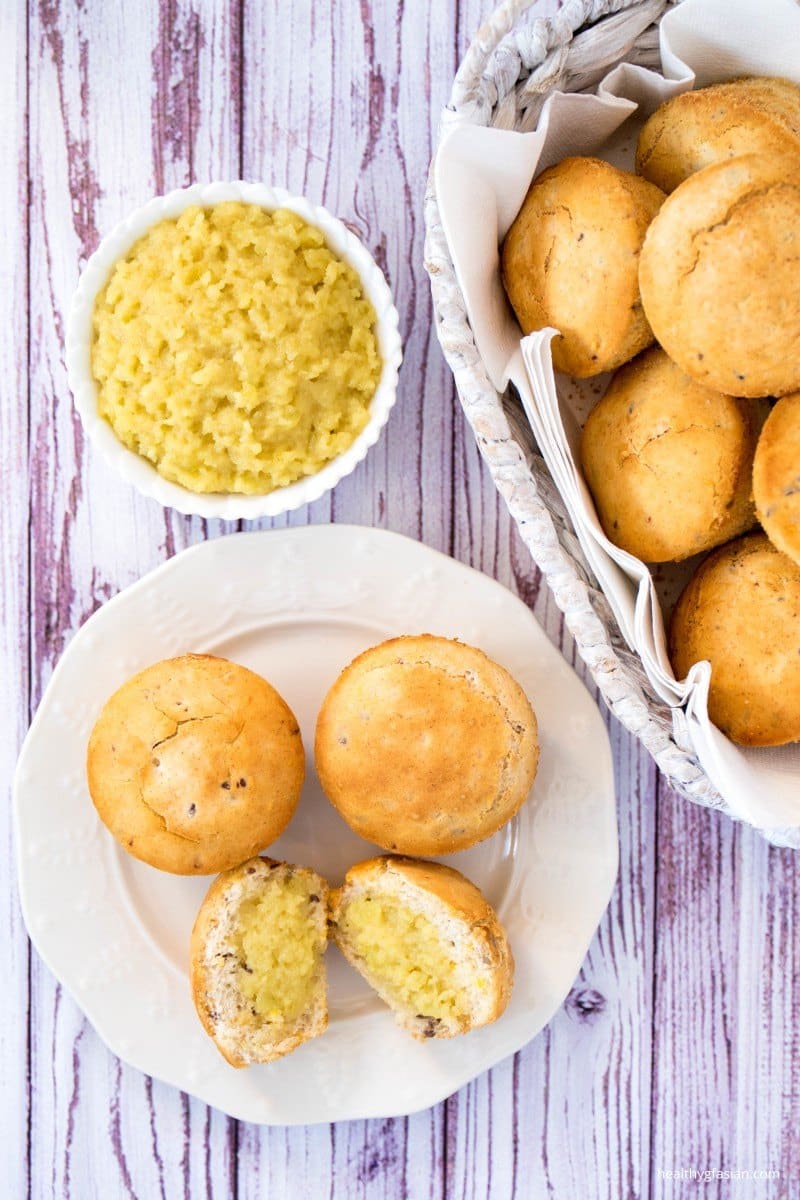
Nutritional Values of Coconut Milk
Although many regard coconut as an unhealthy choice as it comprises a substantial quantities of fats. However it is different from nuts, as it contains mainly medium chain saturated fatty acid, specifically lauric acid. The body then transform lauric acid into a substantially beneficial compound called monolaurin which has antiviral and antibacterial properties. Nonetheless, you should use coconut milk in moderation as it has a high amount of saturated fatty acids.
However, consumption of coconut milk have numerous health benefits. Likewise, it is abundant in essential minerals like iron, magnesium, phosphorus, manganese, zinc and selenium. It also contains minor amount of B group of vitamins, vitamin K, vitamin C and vitamin E.
Health Benefits of Coconut Milk
On the whole, the health benefits of coconut milk may include:
- Support healthy bones and teeth;
- Boost the function of the immune system;
- Protect the body against free radicals;
- Promote transportation of oxygen by red blood cells; and
- Aid in the blood clotting process called blood coagulation by platelets.
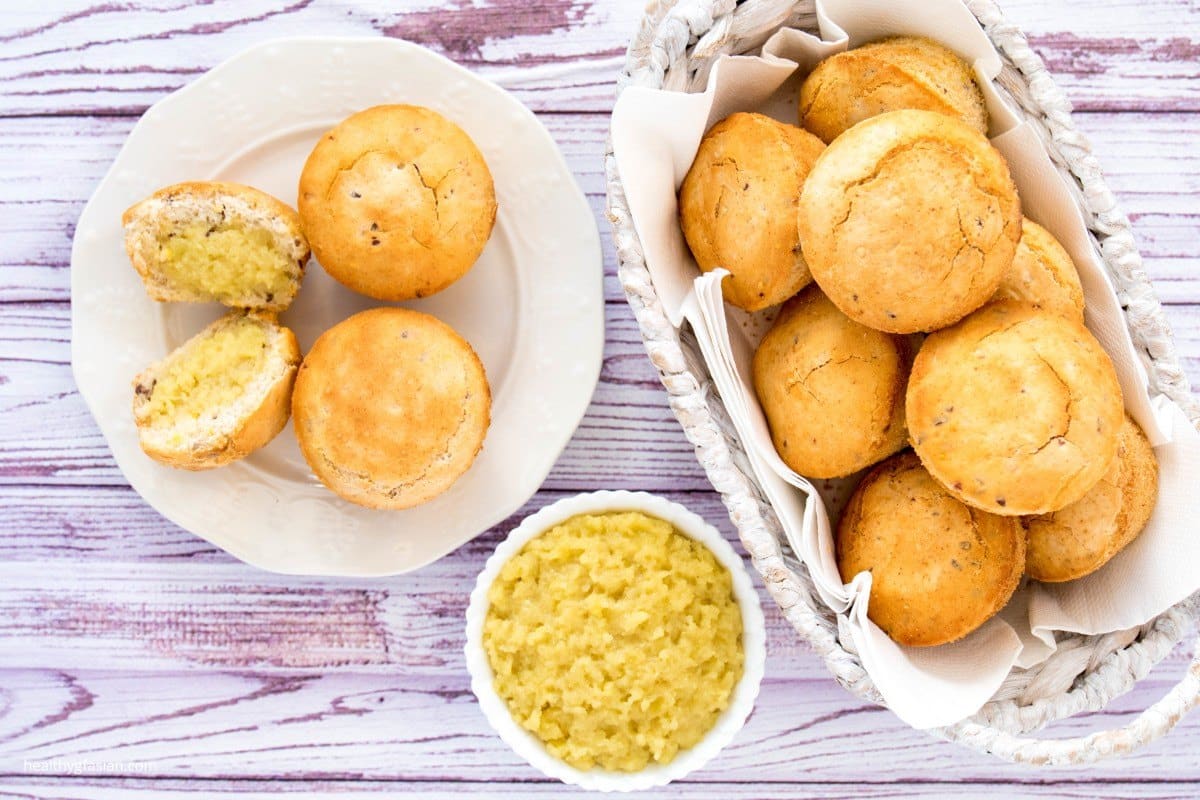
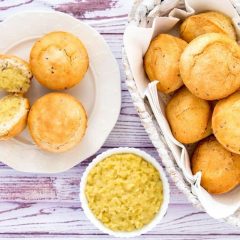
Vegan Pandan Kaya Buns (Coconut Jam Buns)
Ingredients
For the dough:
Dry Ingredients:
- 300 g gluten free white bread flour
- 500 g gluten free meal and grain bread mix
- 2 teaspoon dry active yeast
- ½ teaspoon salt
Wet Ingredients:
- 2 tablespoons extra virgin olive oil
- 2 tablespoons agave syrup
- 1 teaspoon vanilla extract
- 580 ml rice milk
For the Pandan Kaya Filling:
- 85 g gluten free and vegan custard powder
- 50 g corn starch
- 270 ml coconut milk
- 200 ml rice milk
- ½ cup water
- 6 fresh or frozen pandan screwpine leaves, washed and tie into knots
- 1 tablespoons extra virgin olive oil
- 1½ tablespoons agave syrup
- ¼ teaspoon salt
Instructions
For preparing the dough:
- Warm the rice milk in a small pot for around 2 minutes, then turn off the heat. Add in the extra virgin olive oil and agave syrup and mix well.
- Add in all the dry ingredients including the yeast into an electric stand mixing bowl.
- Attach the mixing bowl to the electric stand mixer and then attach the dough hook. Using low speed, mix for about 30 seconds or until ingredients are well combined. Make a well in the middle of the mixing bowl.
- Continue on low speed, gradually pour the warm rice milk mixture in step 1 into the well in the large bowl and mix for about 2 minute.
- Stop mixing and then use a rubber spatula to scrape the sides and bottom of the mixing bowl.
- Mix on low setting for another 5 minutes or until dough is well combined.
For the Pandan Kaya filling:
- Mix the corn starch with all the water.
- Heat up a frying pan, add and combine all the ingredients including the corn starch mixture in step 7. Stir and mix the ingredients on low heat until mixture is smooth and has thickened.
- Remove the frying pan from heat and let the custard filling cool for around 2 minutes.
- Discard all the pandan (screwpine) leaves.
- Roll the custard filling into 24 balls about 1 inch each. Set aside to cool to room temperature.
- Serve the remaining pandan kaya jam with the buns or reserve as a jam spread.
For stuffing the dough:
- Lightly grease all the muffin cups with some extra virgin olive oil.
- Scoop and place small amount of wet dough into the bottom ⅓ of each cup of the muffin pan.
- Then place a pandan kaya jam ball into the centre of each muffin cup, gently flatten the jam ball slightly.
- Fill each muffin cup with the rest of wet dough until nearly the edge.
- Let the dough rest for about 20 minutes.
For cooking the bun:
- Pre-heat fan-forced oven to 190C or 375F. Bake the buns for 15 minutes or until golden brown.
- Remove and place the cooked buns on a cooling rack.
- Reheat by covering the buns with aluminium paper and bake in the oven for 5 minutes or in microwave for 40 seconds or until buns are soft.
Recommended Products
Notes
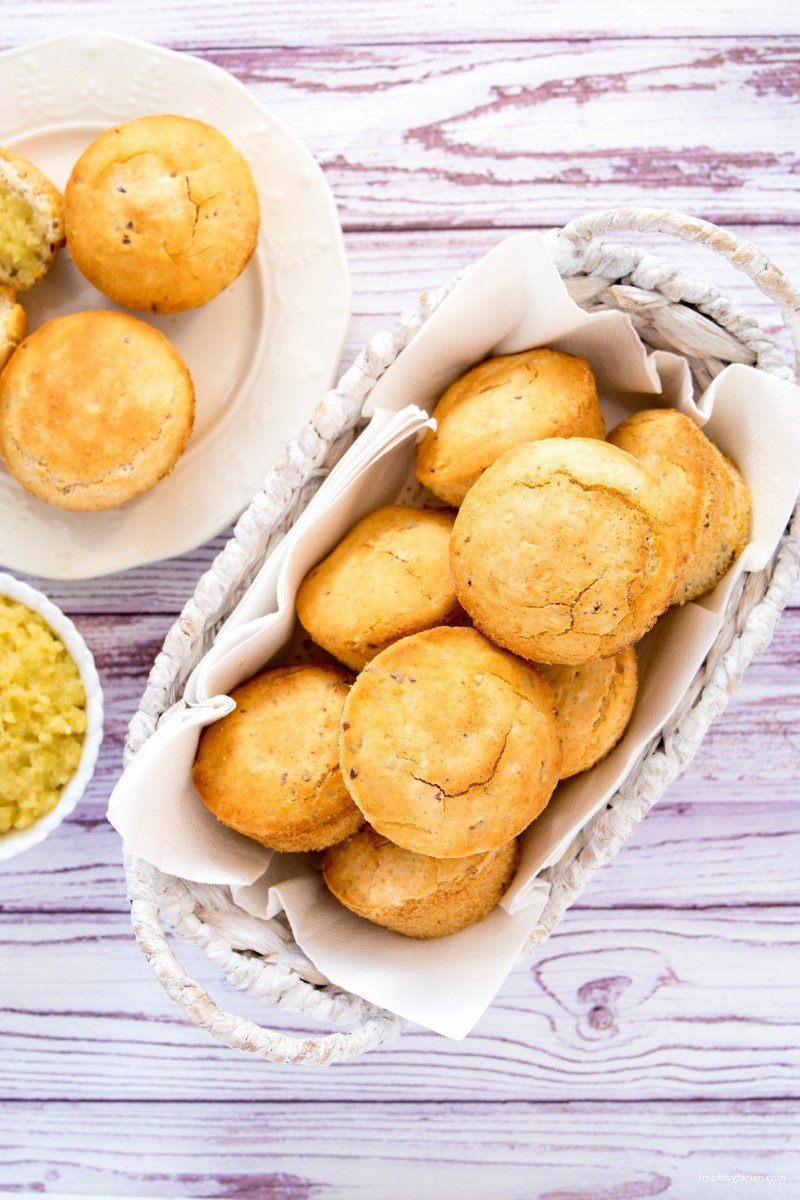
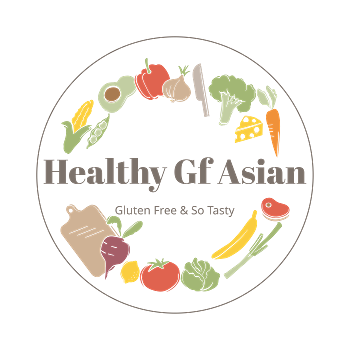




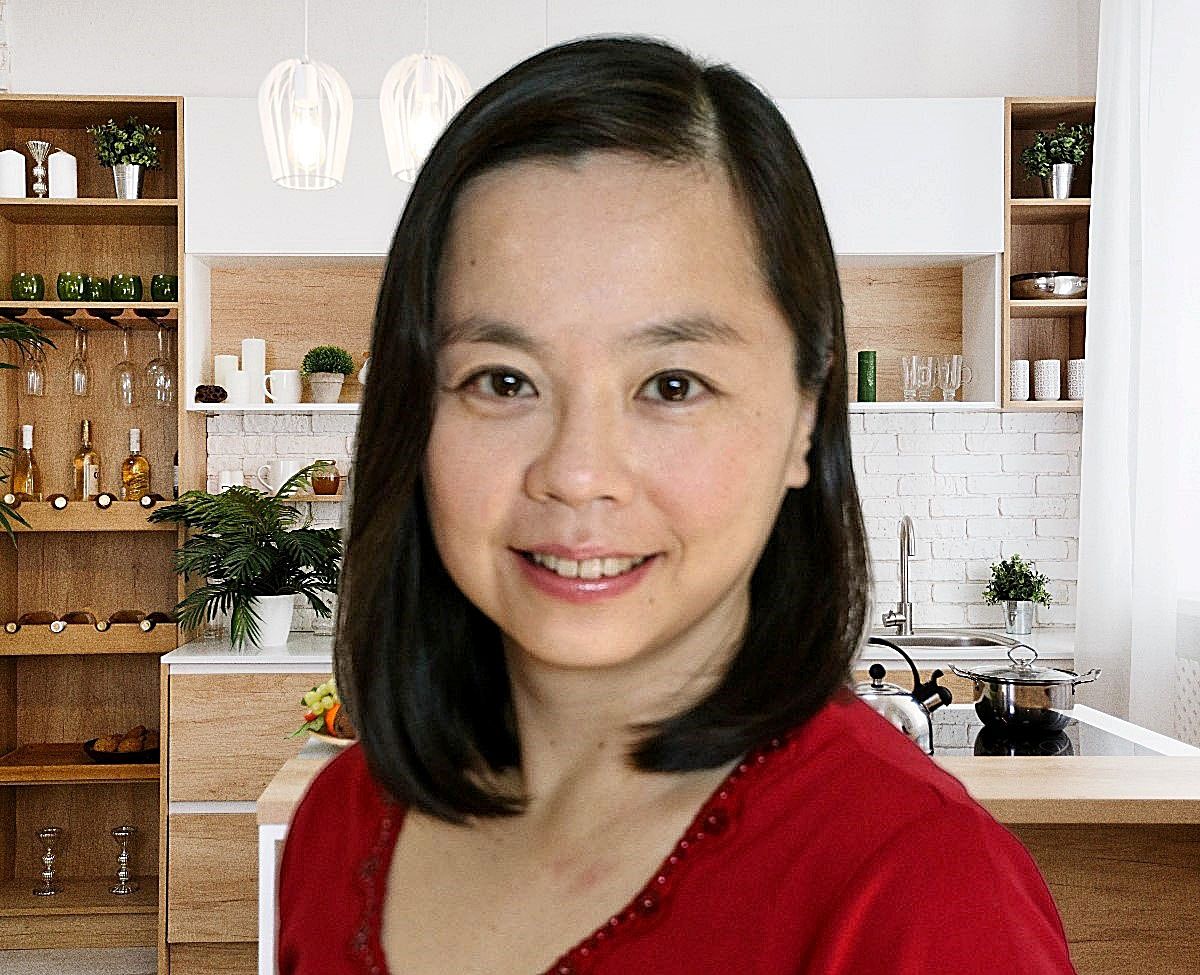

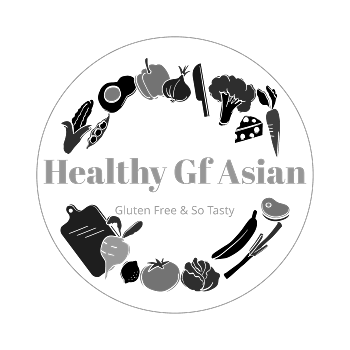
I didn’t even know coconut jam was a thing! These looks yummy, definitely something to try!!
Coconut jam is very popular in Southeast Asia and its really tasty too. 🙂